Without a doubt, digitalization is a huge movement these days. We asked ChatGPT to tell us 5 reasons why businesses in the food industries, such as restaurants, should consider changing the old school menus to digital catalogs. Here is what ChatGPT said about digital menus…
Efficiency
Digital catalogs allow for real-time updates and changes to the menu. If a certain dish is unavailable or there is a change in price, it can be updated instantly on a digital menu without the need to print and distribute new menus. This saves both time and resources.
Flexibility
Digital catalogs can be easily customized to suit the occasion, time of day, or any promotions that the business is running. For example, a restaurant can display a breakfast menu in the morning, switch to a lunch menu in the afternoon, and then to a dinner menu in the evening, all without needing to print and distribute different menus.
Interactivity
Digital menus can provide an interactive experience for customers. They can include images and descriptions of the dishes, and some digital menus even allow customers to customize their orders by selecting the ingredients or sides they prefer. This can lead to an enhanced customer experience and increased satisfaction.
Cost-Effective
In the long run, digital menus can be more cost-effective than printed menus. Although there is an initial investment in the digital screens and software, businesses save on the recurring costs of printing and distributing new menus whenever there are changes.
Environmental Friendly
Digital menus are more environmentally friendly as they eliminate the need for paper and printing. This is especially important for businesses that are looking to reduce their carbon footprint and promote sustainable practices.
 Digital Transformation
Digital Transformation
The digital transformation of food businesses is not just limited to digital catalogs. It encompasses a broad spectrum of technological adaptations that aim to make operations more efficient, customer-friendly, and adaptable to changing trends. For instance, the implementation of online ordering and delivery systems, digital payment options and customer relationship management systems have revolutionized the way food businesses operate. These digital tools help businesses optimize their supply chain, manage customer data, offer personalized promotions, and facilitate a seamless customer experience from ordering to payment and delivery. Additionally, the incorporation of data analytics tools allows businesses to analyze customer behavior, preferences, and feedback, which in turn helps in making informed decisions about menu items, pricing, and promotions.
In general, the digital transformation of businesses, across all sectors, has become essential for survival and growth in today’s highly competitive and technologically advanced world. The adoption of digital tools and technologies has proven to be beneficial in various ways, such as improving operational efficiencies, enabling better customer experiences, and providing valuable insights for decision-making. Moreover, in the post-pandemic world, the role of digital transformation has become even more critical. Businesses are required to adapt to new norms such as remote working, online sales and services, and contactless transactions.
Businesses that have embraced digital transformation are not only surviving but thriving! As they are better equipped to adapt to changes and meet customer demands, ther stay ahead of the competition. In our website you will find innovative products that use Qr codes as well as NFC technology. In ilo, we have created the ilo box in order to facilitate food business and not only. Our products will enhance visitor experience in an eco-friendly and economical way.


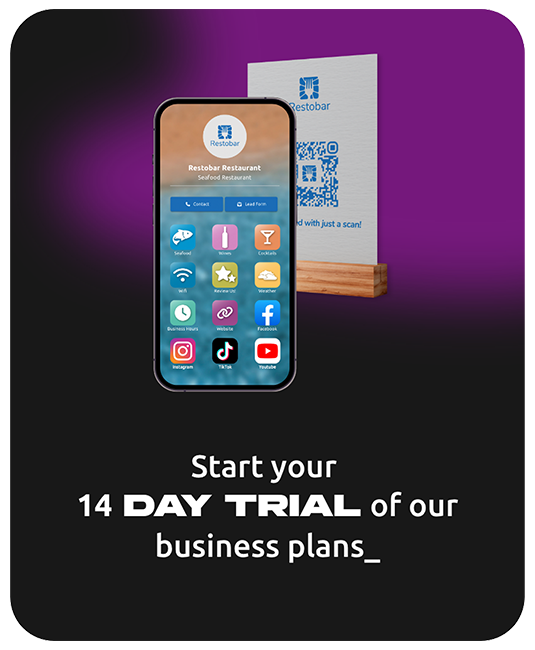
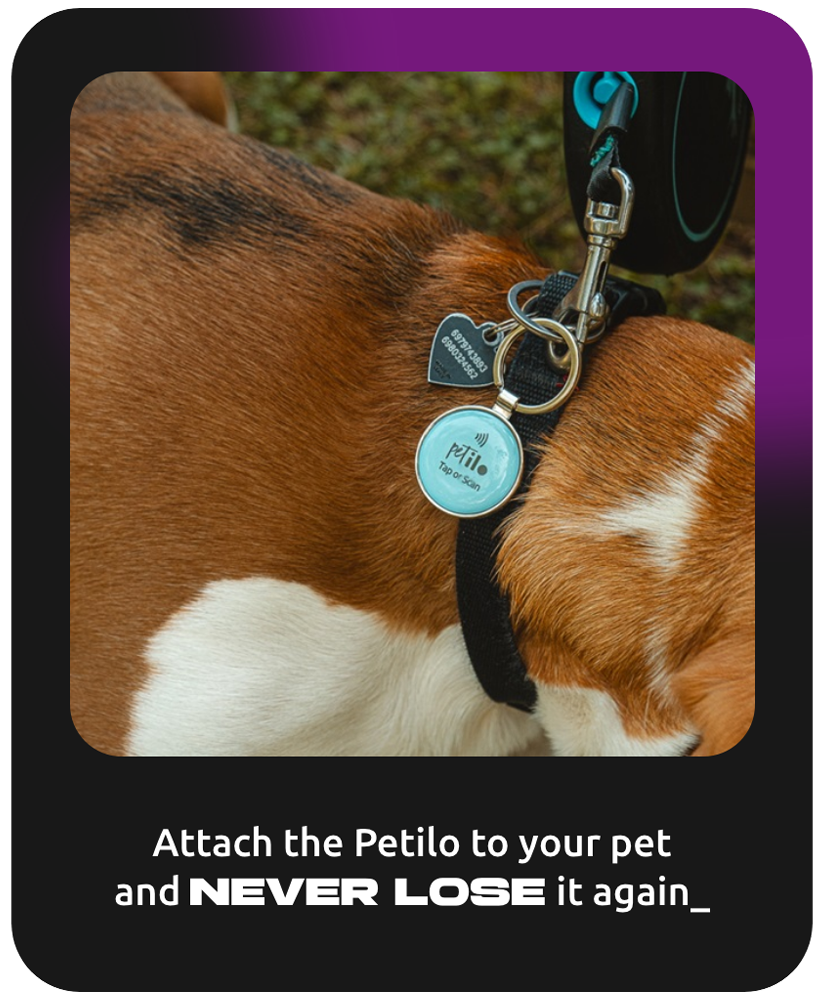
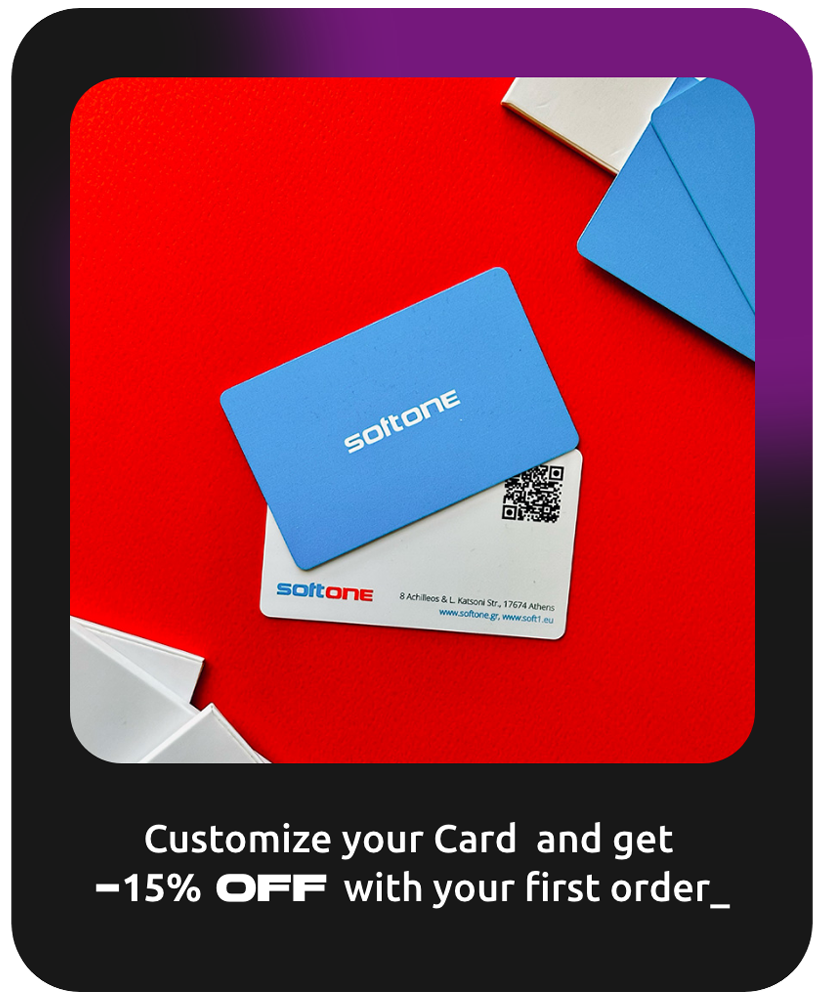
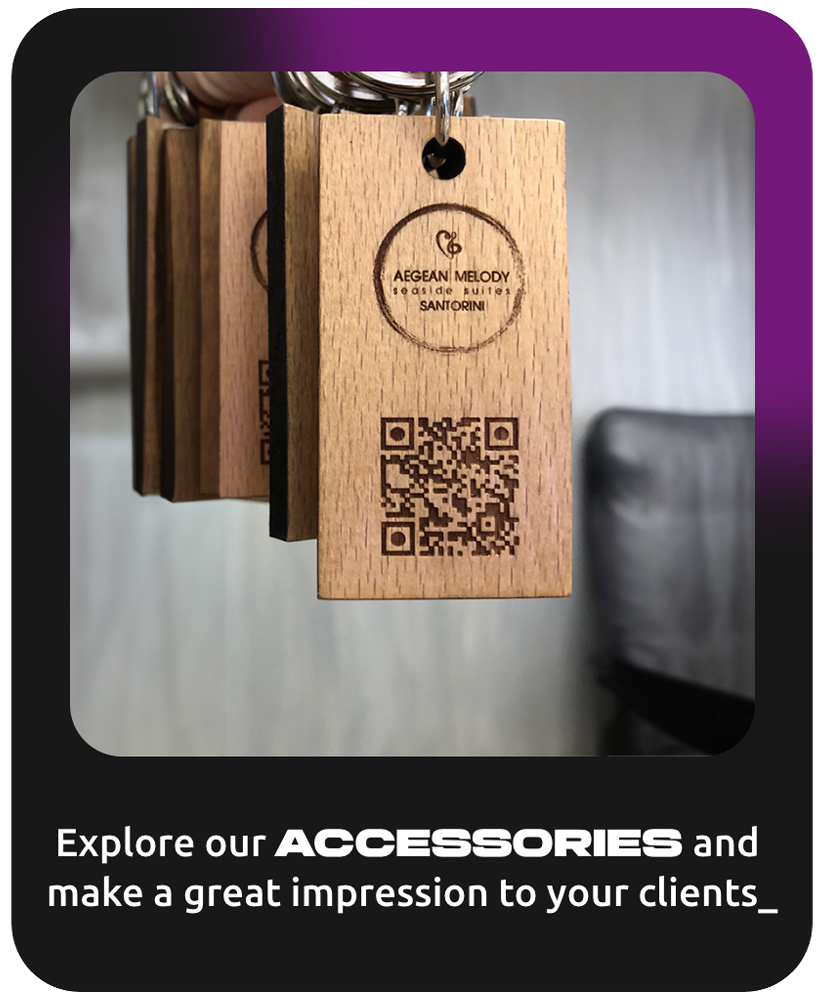
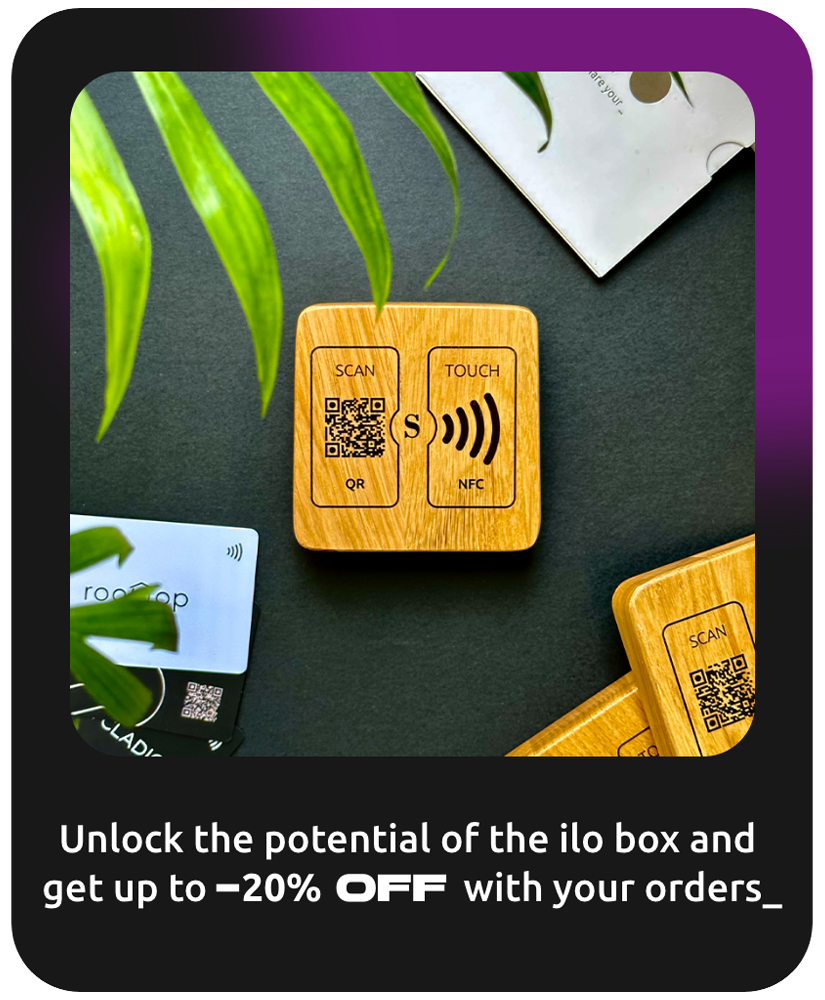
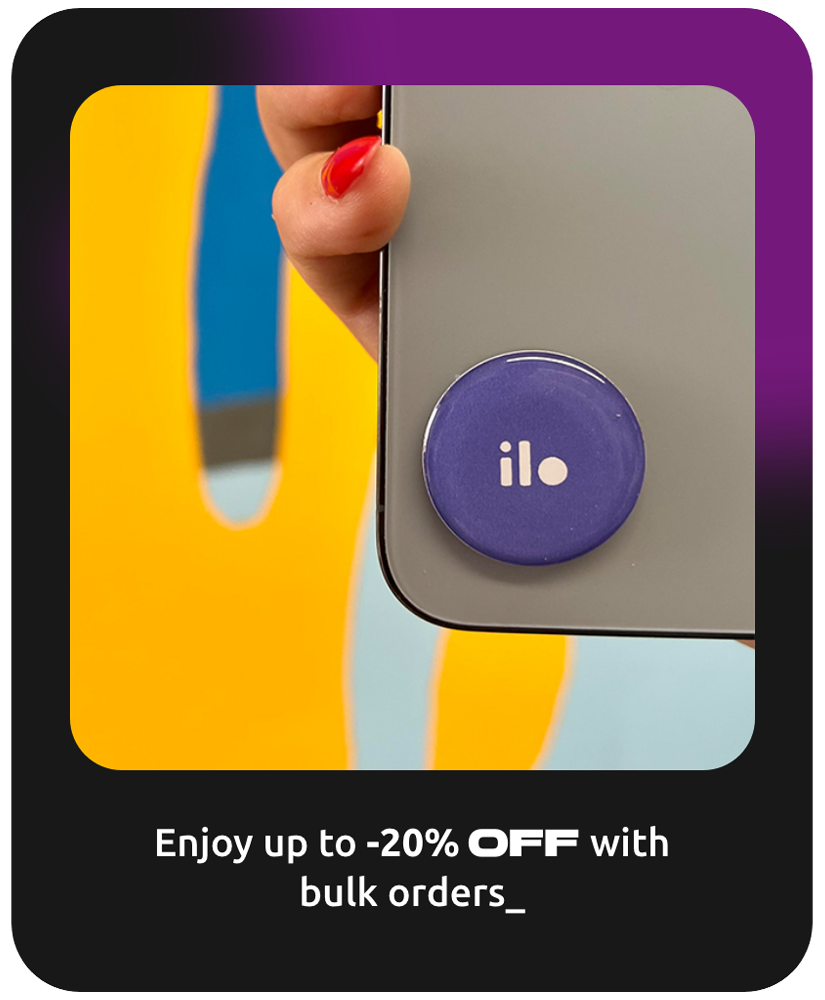


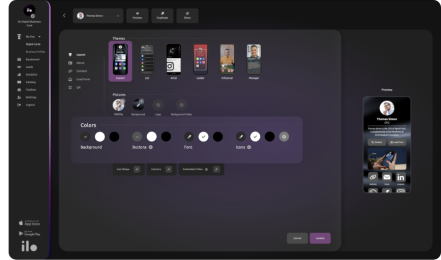
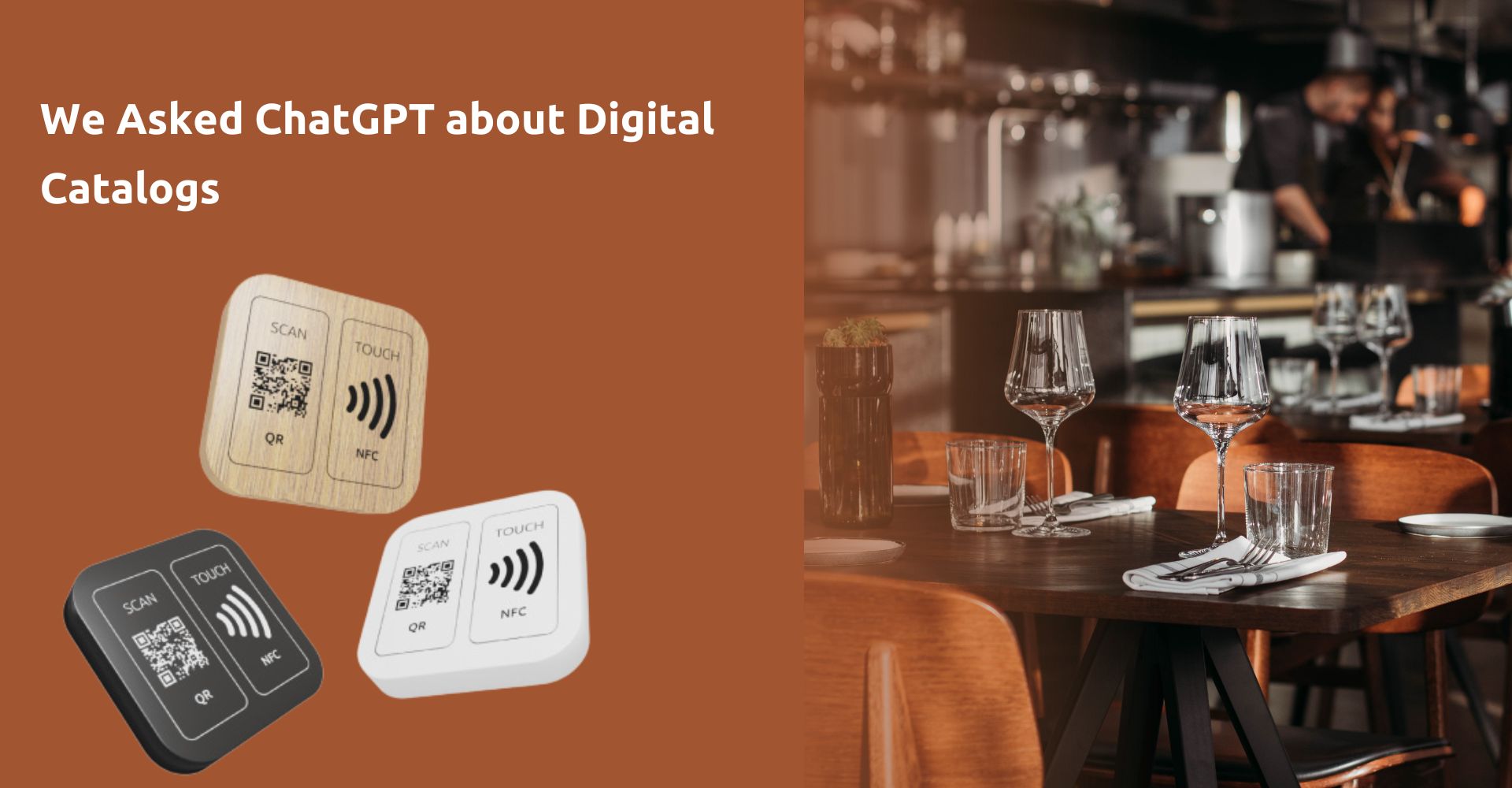
 Digital Transformation
Digital Transformation
